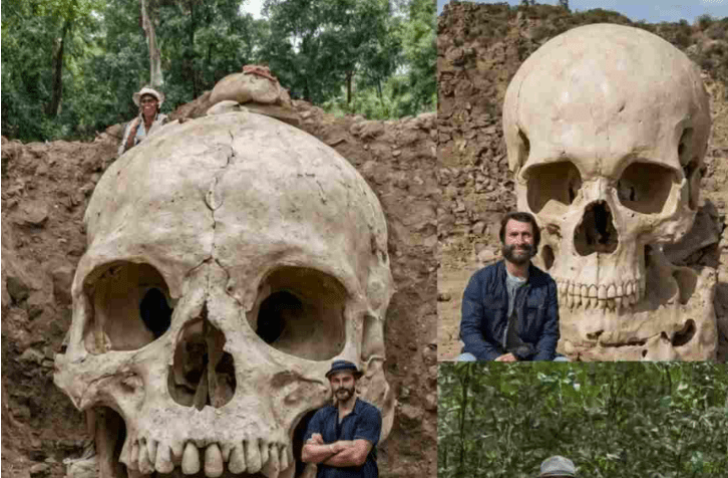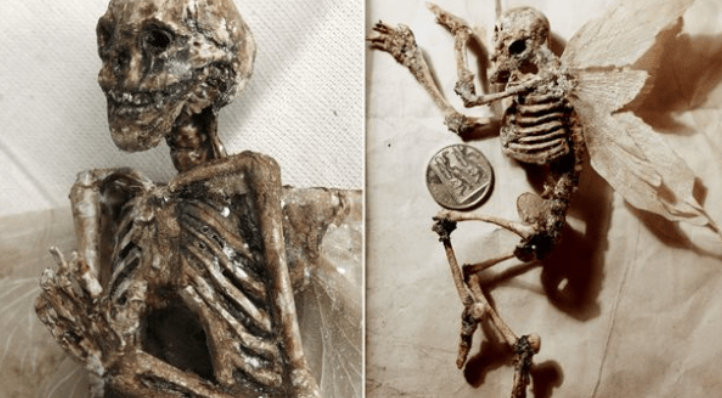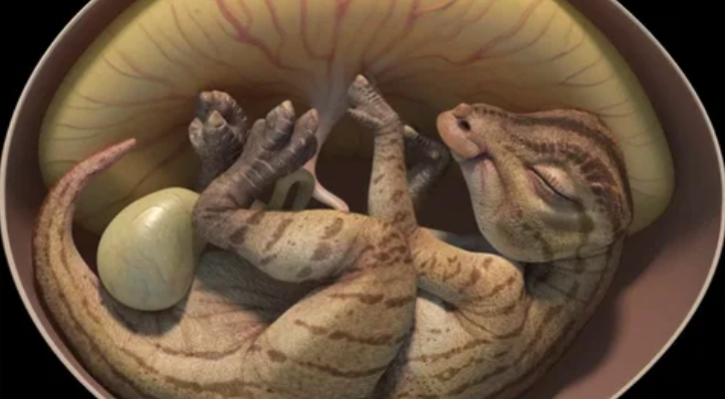
DNA Tests Reveal That Paracas Skulls Are Not Human
Paracas is a desert peninsula in the province of Pisco, in the Ica Region, on Peru’s southern coast. Julio C. Tello, a Peruvian archaeologist, made one of the most puzzling findings in 1928. Tello uncovered a vast and sophisticated cemetery in the rocky dirt of the Paracas desert while excavating.

Tello uncovered a sequence of contentious human remains in the mysterious tombs, permanently changing our perspective on our forebears and beginnings. The bodies in the graves have some of the world’s most enormous elongated skulls, known as the Paracas skulls. The Peruvian researcher unearthed almost 300 strange skulls dating back 3,000 years.
As if the shape of the skulls wasn’t intriguing enough, a recent DNA study on several of the heads yielded some of the most puzzling and astonishing results, questioning everything we know about the human evolutionary tree and origin.
The Paracas Skulls’ Mysteries
- The Mystery Behind The Paracas Skulls
Deformation of The Skull: An Ancient Religious Practice
Later Tests Made The Paracas Skulls More Enigmatic
Ancient Aliens: Paracas Skull DNA Test
The Mysteries of the Paracas Skulls Skull Deformation: An Ancient Religious Practice
While several societies worldwide practiced skull deformation (elongation), the procedures utilized varied, which meant that the results were not the same. Certain South American cultures ‘tied the heads of infants’ to modify their form, resulting in a significantly extended skull shape. The tribes were able to conduct cranial deformations documented in ancient African societies by exerting consistent pressure over a long period using antique instruments.
While this sort of cranial deformation altered the contour of the skull, it did not affect the cranial size, weight, or volume, all of which are distinct aspects of human skulls.
This is where the peculiarities of the Paracas skulls become most intriguing. The skulls of Paracas are anything from average. The heads of Paracas are at least 25% bigger and up to 60% heavier than those of typical humans. According to the researchers, these qualities could not have been obtained using the procedures utilized by the tribes, as some scientists claim. They are different in weight, but Paracas skulls are also physically distinct, with just one parietal plate compared to two in typical human humans.

For decades, these unusual traits have contributed to the mystery since scholars have no idea who these people with such enormous heads were.
Later tests made the Paracas Skulls even more mysterious.
The Paracas Museum of History’s director sent five samples of Paracas skulls for DNA testing, and the findings were astounding. Hair, teeth, skin, and bits of skull bones provided remarkable details, adding to the enigma surrounding these abnormal skulls. To prevent ‘influencing the results,’ the genetic laboratory where the samples were transferred was not previously told of the provenance of the heads.
Interestingly, mitochondrial DNA, which is transmitted from the mother, revealed mutations not seen in any man, ape, or animal on the globe. The alterations found in the Paracas skull samples indicate that the researchers were dealing with an altogether new ‘person,’ which differed significantly from Homo sapiens, Neanderthals, and Denisovans. Tests on the Star Child Skull, unearthed about 1930 in a mine hole about 100 miles southwest of Chihuahua, Mexico, yielded identical results.
The individuals in the Paracas skulls were said to be so physiologically distinct that human interbreeding would have been inconceivable. “I’m not sure where this fits in the known evolutionary tree,” the researcher wrote.
Who were these mysterious beings? Did they evolve independently on Earth? What led them to deviate so drastically from typical humans? Is it feasible that these species did not originate on Earth? Given the available data, none of these alternatives can be ruled out. So far, all we know is that many things are beyond the comprehension of researchers, historians, and scientists. After all, the Paracas skulls may be able to answer the issue of whether we are alone in the cosmos.




